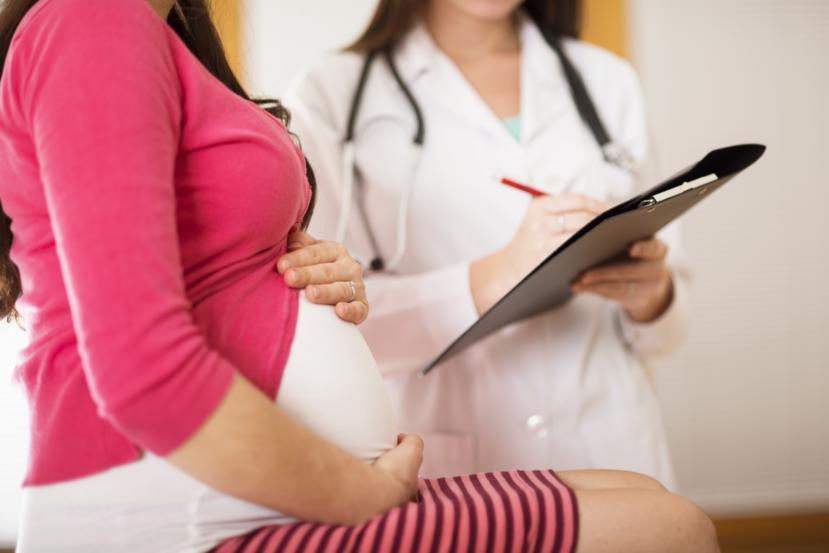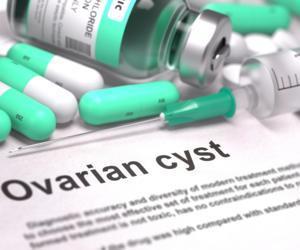The Link Between Ovarian Cancer Survival and Pregnancy

For women who have survived cancer, their bodies have inevitably been through a lot. Therefore, it is not entirely unsurprising, but it is dismaying, that they are one-third less likely to be able to achieve pregnancy than other women. This statistic was taken from the first study to actually quantify a specific likelihood.
The first study of its kind
The study was the first to be done on a large population to give a number to the chance of achieving pregnancy after having been through cancer. The women in the study were aged 39 or younger, and had cancer at some point in their lives. The result was assessing all cancers diagnosed between 1981 and 2012 in Scotland and their later pregnancies, or lack thereof. The result, when compared to women who have not had cancer, is approximately 38 percent less likely. That is more than a third, resulting in a shocking and devastating statistic for those who have or have had cancer but still plan to start a family in the future. This effect on the likelihood of achieving regnancy was shown across the board in all cancers.
The presenter of the research was Professor Richard Anderson of the MRC Centre of Reproductive Health, Queen's Medical Research Institute at the University of Edinburgh, UK. The analysis provides the first robust, population-based evidence of the effect of cancer and its treatment on subsequent pregnancy across the full reproductive age range. The major impact on pregnancy after some common cancers highlights the need for enhanced strategies to preserve fertility in girls and young women. Professor Anderson has now presented the results of his study at the Annual Meeting of ESHRE in Geneva.
Fertility preservation
Recently, it has become increasingly clear that fertility preservation is an absolute necessity. There are two major reasons why this is, and the first is that they have shown to be capable of improving the survival rates in young women and girls who have been diagnosed with cancer. The second is that improvements have been made in the techniques utilized to freeze eggs and ovarian tissue to restore fertility. These breakthroughs are so important, as they give larger reasons than formerly understood to preserve fertility among young girls and women.
Research
In this recent study, 23,201 female cancer survivors were cross-linked. They were all from the Scottish Cancer Registry with hospital discharge records. The study showed that 6,627 pregnancies were present within the group, a number that is almost half what it would have been projected to be in a control group from the general population. Normally, this number would be around 11,000.
The study went further to find that of women who had never been pregnant prior to their diagnosis, 20.6 percent of the survivors successfully became pregnant post-diagnosis, at 2,114 first pregnancies in 10,271 women. In the control group, this percentage was at 38.7, depicting that women with cancer were approximately half as likely to achieve a first pregnancy after being diagnosed with cancer.
Their research also illuminated that the possibility of becoming pregnant was actually lessened in every age group, with more of a significant alteration to the statistics between different cancer diagnoses. For example, there were reduced pregnancy rates in women who have or had cervical cancer, breast cancer, or leukemia.
Notably, the cancers that had been diagnosed closest to the time of the study, between 2005 and 2012, tended to be associated with significantly higher rates of pregnancy than those between 1981 and 1988. What this means, most likely, is that some cancer treatments have the capability of altering fertility, and that the most recent medicines are becoming better at preserving fertility while dismantling cancer cells.
How cancer affects fertility
Now, we have shown that cancer, both in diagnosis and treatment, is able to negatively impact the possibilities of achieving a pregnancy. However, it has not yet been explained why. There are many reasons that lead to this conclusion, unfortunately. Some can be avoided while others cannot. It is an extremely difficult decision for a woman to have to choose life-saving treatment, knowing it is truly the only choice, but knowing what it may do to her chances of having a child, if that is what she wants. While many women have no interest in pregnancy, the forced decision still intensifies the terror of cancer.
Certain chemotherapy regimens can damage the ovary, which leads to infertility. This effect is not bound by any age, and can happen at any time. This is especially worrisome because it can happen that young girls already lose their ability to achieve motherhood, before it should even be a thought in their minds. Another possibility is that of radiotherapy compromising female fertility via its interactions with the ovary, uterus, and sometimes even brain centers that are commanding of the reproductive axis.
These, and many other possibilities (such as the need for operations that remove necessities for reproduction) are a significant part of why cancer diagnosis is more than just a threat on one's health. For some women, it takes away their chance of fulfilling their desires even if they are able to beat the cancer. The only way to move forward is for researchers to continue to study the effects of cancer on pregnancy, and to fight to find ways to either change treatments to be less damaging or find alternative routes of therapy.
A word from Professor Anderson
Despite these effects, Professor Anderson finds it important to note that what the study has illuminated is solely regarding subsequent pregnancy, as opposed to the incidence of infertility caused by cancer treatment. He goes further to explain, "some women may have chosen not to have a pregnancy. Thus, while these results do show an expected reduction in the chance of pregnancy after chemotherapy and radiotherapy, having a pregnancy after cancer does involve a range of complex issues that we cannot address in this study."
As time goes on, we are beginning to see the rates of cancer survival skyrocketing from previous years, both in young men and women. When fertility is preserved before treatment, there is an increased chance of success via fertility clinics. However, these treatments are not necessary universal, and Professor Anderson even referred to them as "very variable."
He explains, "oocyte and embryo freezing are regarded are regarded as established, but ovarian tissue cryopreservation is considered experimental, although it is the only option for preburtal girls." He also wants it to be known that the findings of the research enable clinicians to give advice to girls and women in a more precise manner regarding the potential of achieving a pregnancy in the future. He explains, "they emphasize the need to consider the possible effects on fertility in girls and women with a new cancer diagnosis.
The implications of the diagnosis and planned treatment and, where appropriate, options for fertility preservation should be discussed with a patient and her family. Even for patients considered at low risk of infertility as a result of treatment, a fertility discussion is recommended before treatment begins."
This increased awareness is likely to lead to lowering the statistic of women who have had cancer being one third less likely to achieve a pregnancy.
Reference
https://www.sciencedaily.com/releases/2017/07/170703101404.htm
















